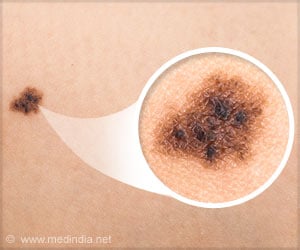Infants could potentially be affected the most by flame retardants that is still often used in strollers, nursing pillows and a number of other baby products.
Exposure to flame retardants could cause developmental problems. In October 2015, Macy's has joined a growing list of major retail stores that have pledged to stop selling furniture containing flame retardants. Despite the trend, however, it could take years before widespread exposure declines. And now, a study in
Environmental Science & Technology has revealed that infants could potentially be affected the most by flame retardants. The report also looks at potential exposure routes.
One kind of flame retardant, polybrominated diphenyl ethers or PBDEs, was phased out in 2005 out of concern for associated health risks. They were replaced by other substances, including organophosphate flame retardants (PFRs). But over the past 10 years, studies have suggested that PFRs might have problems similar to their predecessors'.
TOP INSIGHT
Widespread exposure to flame retardants could cause developmental problems. A new study has revealed that infants could potentially be affected the most by flame retardants which are still often used in strollers, nursing pillows and a number of other baby products.
One type of PFR is now considered a probable human carcinogen; others could potentially affect reproduction and development. Studies have reported widespread exposure to PFRs among adults and young children. Although some manufacturers are phasing out these flame retardants, others continue to apply them to products, and the substances linger in older products. Since PFRs are still often used in strollers, nursing pillows and a number of other baby products, Heather M. Stapleton and colleagues wanted to see whether infants were getting exposed, too.
The researchers tested urine from more than 40 infants between 2 months and 18 months old. Byproducts of some PFRs were in most samples and at concentrations higher than has been reported in adults. The team found that infants with higher levels lived in homes with more than 16 baby products, such as bouncers and swings. Also, compared to infants in home care, infants in daycare centers had higher levels of one particular metabolite.
The researchers said, "Additional studies would be needed to further flesh out whether flame retardants are getting inhaled or ingested through dust, what levels could affect babies' health and how to reduce their exposure."
Source-Eurekalert

 MEDINDIA
MEDINDIA




 Email
Email




